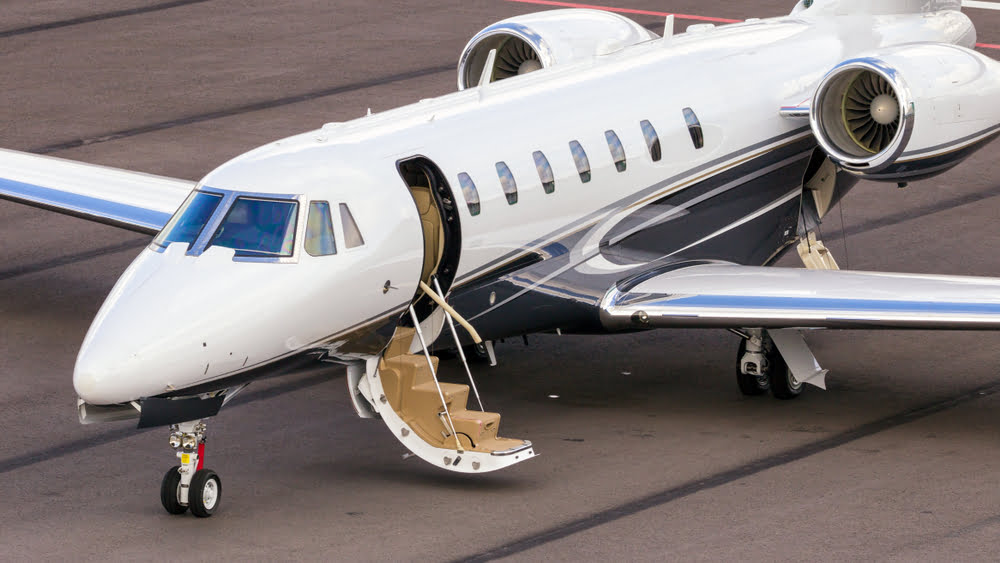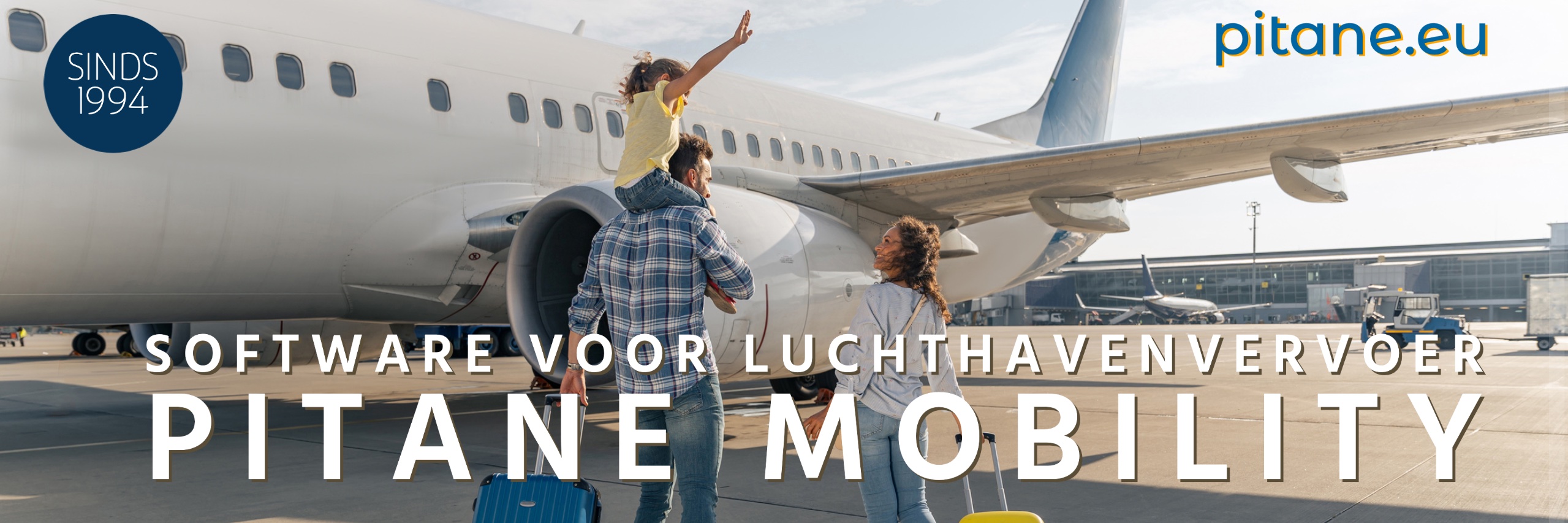This approach is a direct response to criticism that private flights make a disproportionate contribution to both noise pollution and CO2 emissions, which increases pressure on the local environment.
Eindhoven Airport, an airport important for both civil aviation and military purposes, is taking an important step in making its operations more sustainable by banning fossil private flights from 2026. The airport focuses on reducing noise and CO2 emissions, which are essential for the local living environment and in line with the set environmental goals. With a range of more than 80 European destinations, Eindhoven Airport fulfills a crucial role in regional mobility needs and is working towards a sustainable future by supporting potential innovations in electric flying.
Roel Hellemons, CEO of Eindhoven Airport, emphasizes the ambition to not only reduce noise but also to significantly reduce CO2 emissions through various measures, including a limit on the number of flights and a transition to standards based on noise levels. The implementation of take-off procedures with less noise pollution and the exclusive admission of the latest generation of aircraft from 2030 are part of this. These steps are further supported by financial incentives for the use of sustainable fuels.
Eindhoven Airport's decision to no longer allow fossil fuel-consuming private flights from 2026 is further supported by evidence that these flights indeed have a significantly higher environmental impact. The statistics speak for themselves: people who choose private flights emit five to seven times more CO2 than if they took commercial flights. These flights are often short, with almost one in nine traveling less than 250 kilometers and more than a third staying under 500 kilometers. This leads to an inefficient emission output, given the short distance for which they are deployed.

The difference in emissions is starkly illustrated by the case of business flights, where a private jet flight to a nearby destination such as Paris or London can emit up to 80 percent more CO2 compared to a regular scheduled flight. The example of Shell's business jet, where the majority of flights are less than 500 kilometers, makes it clear that there is much room for improving efficiency and reducing environmental impact.
noise pollution
The GGD has taken the initiative to more accurately map the impact of Eindhoven Airport on the environment. The health service does this by distributing a survey among residents in the region. The selection for the survey is random but with an eye for geographical distribution, so that the results accurately reflect regional experiences. The survey will be open for responses until November 19, and the CDC encourages anyone who has been contacted and not yet participated to do so.
Survey among residents near the airport offers an opportunity for an improved living environment and noise control policy.

The fact that Eindhoven Airport is a military airport that facilitates civil aviation adds an extra dimension to its policy making. The unique structure of ownership and management, with the Schiphol Group, the province of North Brabant and the municipality of Eindhoven as stakeholders, indicates that the airport has a joint responsibility that goes beyond just commercial interests.
special permit
The central government plays a central role in determining the rules surrounding national airports, including Eindhoven Airport. Civil aviation at Eindhoven Airport is governed by a special permit that uses the Eindhoven military air base, with Schiphol Group, the province of North Brabant, and the municipality of Eindhoven acting as shareholders. In the context of the Eindhoven Airport Pilot Case, a balance was sought between economic growth and environmental impact, with the involvement of regional authorities, local residents, social organizations and the business community.
Former State Secretary Pieter van Geel led the Eindhoven Airport Trial Case. Van Geel advised the Minister of Infrastructure and Water Management in April 2019 on the results of the pilot project. Read the advice Reconnected (PDF). This advice has also been taken into account Aviation memorandum 2020–2050. Eindhoven Airport's initiative is seen as a testing ground for the future of Dutch aviation, where sustainability and regional involvement go hand in hand.



